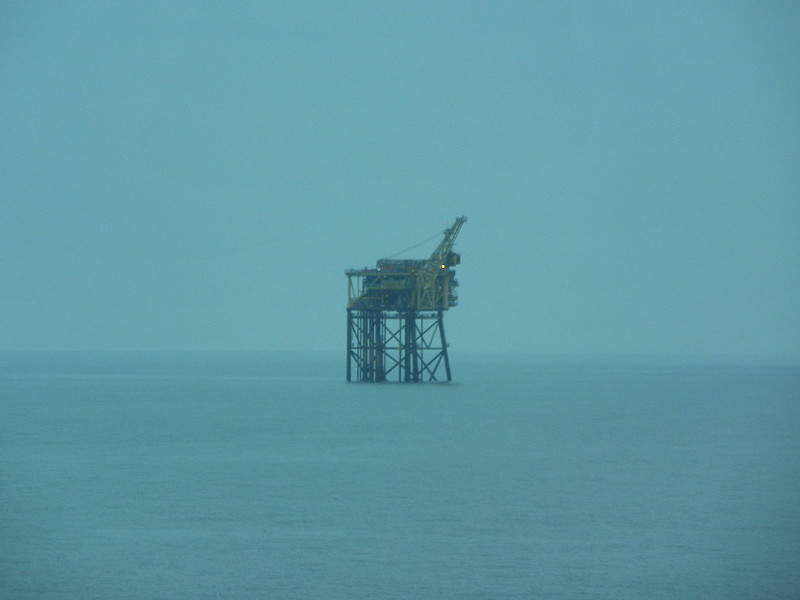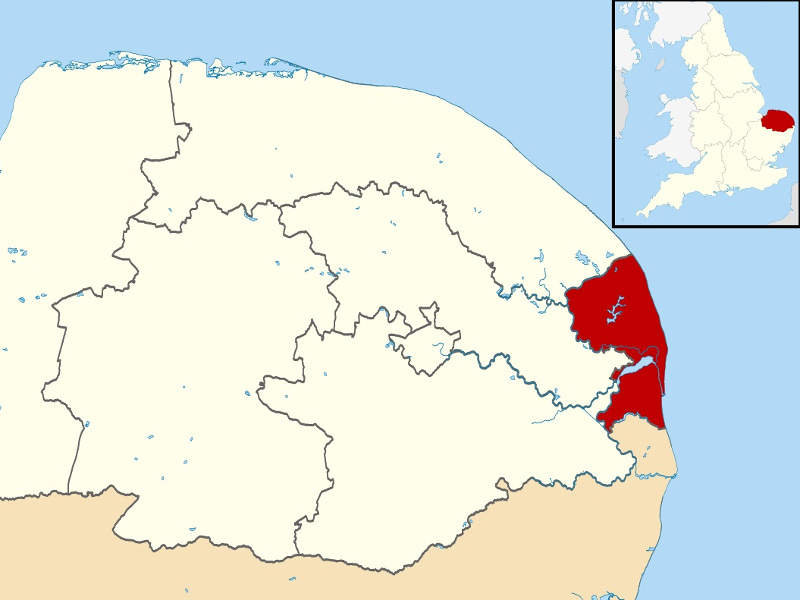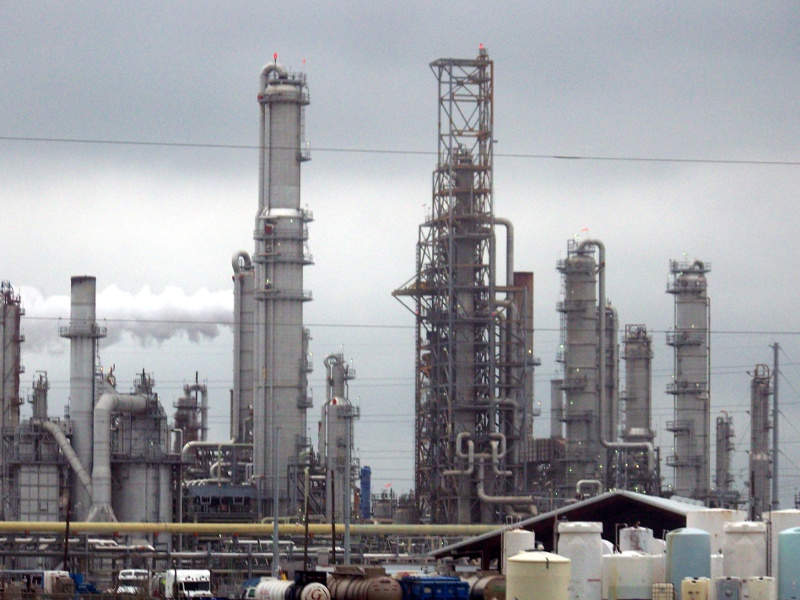The Vulcan Satellites hub development project encompasses the development of three gas fields, namely Nailsworth (formerly Vulcan North West), Elland (formerly Vulcan East) and Southwark (Vulcan South).
Situated in water depths between 20m and 30m in southern North Sea, UK, the three gas fields are 100% owned and operated by Independent Oil and Gas (IOG).
IOG submitted the field development plan (FDP) for the project to the UK Oil & Gas Authority in October 2017, and the environmental impact assessment in April 2018. The final investment decision on the offshore project is expected to be made by the fourth quarter of 2018.
First gas from the Southwark field is expected in the fourth quarter of 2019, while production from the Nailsworth and Elland fields is expected by the second and third quarters of 2020, respectively.
Vulcan Satellites hub location
The Vulcan Satellites hub is located approximately 54km to 59km north-east off the coast of Norfolk, in the United Kingdom Continental Shelf (UKCS) of the North Sea. The UK/Netherlands median line lies from 65km to 75km east of the hub development project area.
Three gas fields are located in blocks 48/25 and 49/21 in the production licenses P130, P2342, P1915 and P039.
Discovery, geology and reserves of the satellite hub
The Nailsworth field was discovered in 1987 by Shell/Exxon with the drilling of the 48/25a-4 well, which encountered 154ft of gas.
Elland gas field was discovered by Silverstone Energy (now Verus Petroleum) in 2006 with the drilling of the 49/21-10A well, which encountered 286ft of gas.
The Southwark field was discovered in 2000 by Conoco. The discovery well encountered 254ft of gas.
Reservoirs of the three fields are of high-quality Permian age and contain sandstones of the Rotliegendes Leman formation.
The Nailsworth field is estimated to hold approximately 99.4 billion cubic feet (bcf) of gas, while Elland and Southwark hold 55bcf and 94.2bcf, respectively.
Appraisal and seismic studies
The Nailsworth field was appraised by Conoco Phillips with the drilling of the 48/25b-5 appraisal well in 1989. The well produced 2.39 million standard cubic feet a day (Mscfd) of gas and 43,721 litres of water a day on testing. Another appraisal well was drilled by Silverstone Energy but was not tested further.
Seismic interpretation and mapping data along with the hydraulic stimulation studies for the three gas fields were completed by June 2017, while the reservoir modelling was completed in August 2017.
Vulcan Satellites hub development details
Field development plans for the Vulcan Satellites hub include the drilling of three gas production wells each at the Nailsworth and Southwark fields and two at the Elland field. The wells are planned to be drilled using a jack-up drilling rig. Each field will include an unmanned installation (NUI) platform.
The Nailsworth and the Elland fields will be tied-back to the Southwark field using 10in and 8in diameter flowlines respectively, while the pipeline between the Southwark field and Thames to Bacton PL370 pipeline will have a diameter of 24in.
Combined output from the project is expected to be 7.02 billion cubic metres (248bcf) of gas and 184,425m³ (1.16 million barrels) of condensate over an operational life of 16 years.
Preliminary well designs for the three satellite fields have been completed, and the pipeline and site survey works for the fields are currently underway. Offshore construction is anticipated to commence by the third quarter of 2018. Drilling is expected to first commence on the Southwark field by the third quarter of 2019.
Details of the platforms at Vulcan Satellites Hub
Planned platforms to be installed at the three satellite gas fields will comprise three four-legged lattice jacketed structures, each supported by a skirt pile frame. The jackets will be laid in water depths of 30m.
Platforms will be equipped with wet gas metering for all fluids, living quarters for 12 people, and support systems for emergency situations. The topsides of the jackets will have a cellar, mezzanine, a weather deck, and a helideck. The top deck will measure 22mx22m and the topsides will have an elevation of 38.6m.
The Southwark platform will be the first to be installed and the Elland platform will be the closest platform to the shore with a distance of 54.5km. Each of the platforms will be controlled from IOG’s onshore location in Great Yarmouth.
Gas processing and transportation details
The Thames to Bacton PL370 pipeline is being recommissioned and re-used as an export system to transfer gas produced from the Vulcan Satellites fields.
Gas will be transported through a 24in diameter pipe to the PL370 pipeline, which in turn will export the gas to the Bacton gas processing terminal located to the north of Norfolk, UK, for processing.
Contractors involved
Hydraulic stimulation studies for the Vulcan Satellites hub development project were carried out by Fenix Delft.
The reservoir modelling studies were undertaken by ERCE, while Fraser completed the preliminary well design work.
Fugro was awarded a contract to perform pipeline and site survey work for the Vulcan gas fields using its Fugro Galaxy vessel.
A letter of intent and consultancy master service agreement was signed in September 2017 with Schlumberger for the project.
IOG signed a letter of intent with Heerema in October 2017 to carry out front-end engineering and design (FEED) studies and provide engineering, procurement, construction and installation (EPCI) services for the NUI platforms.
IOG signed another letter of intent with ODE in October 2017 to provide technical and operational support services.






